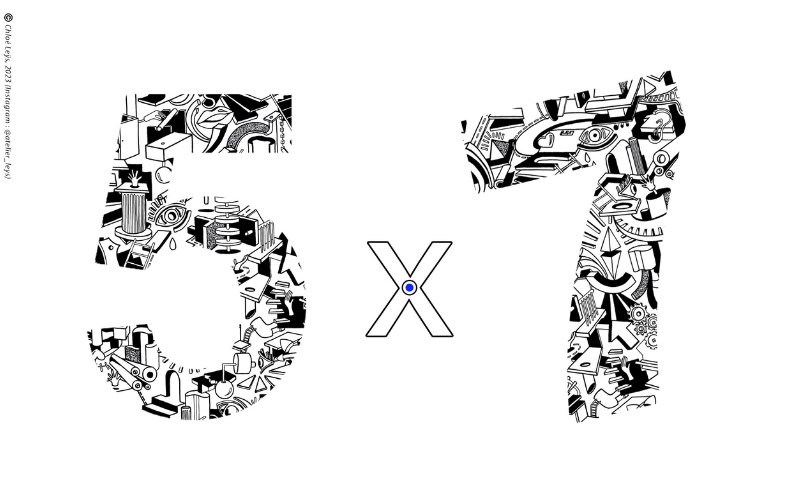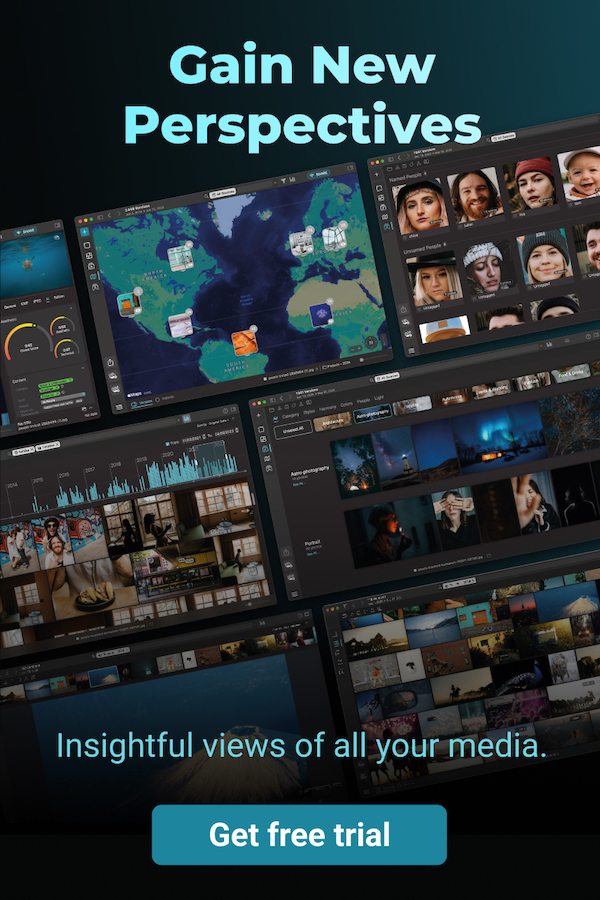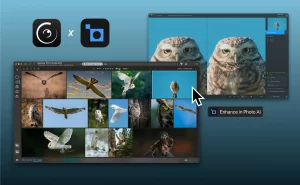What format should you choose when printing your photos? It’s not easy to visualize the final size of photos when ordering online. The 5×7 photo format, with its popularity and widespread use, serves as the perfect case study to explore these conversions. Navigating through different units of measurement—from inches to pixels, and from centimeters to millimeters—each conversion unveils unique aspects of preparing an image for printing, digital display, or even graphic design.
This introduction aims to illuminate the path through the various ways to measure and convert the 5×7 photo format, providing a solid foundation for photographers, graphic designers, and anyone working with digital or printed images.
Why Is This Format So Popular?
The 5×7 photo format is prized for its balance between size and detail, making portraits particularly appealing without excessive empty space, while ensuring high-quality print of colors and details. It is the favored format for creating photo albums, and it is also appreciated in black and white photography for its ability to capture complex details without overcrowding the space. Its compatibility with standard frames makes it an ideal choice for framing and gifts.
Versatile, this format suits a variety of uses, such as invitations and greeting cards, thanks to its practical size and pleasant aesthetics that complement most compositions. Appreciated by professionals for its visual qualities and ease of use, the 5×7 photo format also facilitates sharing and preserving memories, making it a favorite for both personal and professional projects.

The 5x7 Format in All Its Measurements
The 5×7 photo format, expressed in various units of measurement, covers an extensive range to meet diverse needs in photography, printing (Nations Photo Lab, Cheerz, Saal…), and digital display. Here is how this format translates across different measures:
Inches (in): The standard size, 5×7, indicates 5 inches by 7 inches.
Centimeters (cm): Converted to the metric system, this equals approximately 12.7 cm by 17.78 cm.
Millimeters (mm): For a slightly more precise measure, the format is 127 mm by 177.8 mm.
Pixels: For print resolution and display, the pixel size can vary depending on the resolution (Pixels Per Inch or PPI):
- At 300 PPI, considered high resolution for quality prints, the 5×7 photo format is 1500 pixels by 2100 pixels.
- At 150 PPI, often used for standard quality prints, this results in 750 pixels by 1050 pixels.
- At 72 PPI, typical for computer screens and considered for digital display, the format is 360 pixels by 504 pixels.
Points (pt): Mainly used in graphic design and publishing, where 1 point equals 1/72nd of an inch, the 5×7 inch format translates to 360 pt by 504 pt for a standard screen resolution.
In comparison, at 125 pixels per inch, a 4×6 photo is 500 x 750 pixels, and at 300 pixels per inch, a 4×6 photo is 1200 x 1800 pixels.
Indeed, these different conversions are essential for photographers, graphic designers, and printers, allowing for precise adaptation of images to the desired format based on the context of use, whether for printing, digital display, or graphic design.

5x7: A Small, Limited Format
The 5×7 inch photo format is suitable for several interfaces and displays, yet it is not always suited for certain tools. This format is completely appropriate for the following tools:
1. Portrait Photography
Ideal for capturing portraits, the 5×7 size provides ample space for detailed presentation and optimizing composition.
2. Photo Albums
This size is favored in photo albums for its ability to display significant photo details without taking up too much space.
3. Digital Photo Frames
The 5×7 photo format is optimal for digital framing, ensuring that image details are clear and well-presented. If you’re wondering. If you want to keep your digital collection well-structured and easy to navigate, explore this guide on the best photo organizer software to find the right tool for your needs.
4. Educational Projects and Presentations
This photo size is commonly used in academic contexts, including multimedia presentations, due to its visibility and ease of handling for students.
5. Custom Cards
For greeting or gift cards, the 5×7 size allows for clarity and distinction in content, including text and design elements.

However, for these, the 5×7 format is not compatible or suitable:
1. Art Prints
Despite the fact that there isn’t a single “classic” format, as it depends greatly on the artist’s style, the medium used, and the era, certain paper sizes such as A4 (21 x 29.7 cm), A3 (29.7 x 42 cm), and A2 (42 x 59.4 cm) are commonly used for prints, as they correspond to international standards that are easy to frame and display.
2. Social Media Sharing
Platforms such as Instagram, Facebook, and Twitter have specific requirements for photo sizes. The 5×7 format is too small to meet the requirements of platforms accustomed to photos in 1080x1080px.
3. Desktop Wallpapers
Computer wallpapers are significantly larger than the 5×7 format, with the most common sizes being 1024 x 768, 1280 x 1024, and 1920 x 1080 pixels. Computer wallpapers require a clear, large image to ensure optimal image quality.

The 5x7 Photo Format Does Have a Few Drawbacks
While the 5×7 photo format is appreciated for its versatility and aesthetics, it presents some disadvantages depending on the context of use:
1. Cropping and Composition
Switching from other formats to 5×7 may require cropping the image, which could affect the original composition or force the exclusion of certain image elements.
2. Standardization
The 5×7 format is not as universally recognized as the 4×6 format, which can lead to compatibility issues with certain standard photo frames, albums, or digital displays that favor other dimensions.
3. Printing Cost
Printing in the 5×7 format can be slightly more expensive than more common sizes like 4×6, due to its larger size and because it’s not always included in the standard offerings of printing services.
4. Resource Availability
Finding frames, photo albums, or photo holders specifically designed for the 5×7 format can be more challenging than for more standardized formats.
5. Space Efficiency
In the context of organizing photo albums or planning limited wall space, the 5×7 format may be less efficient in terms of space optimization compared to smaller or more standard formats.
6. Online Sharing Options
Some social networks and image-sharing platforms have specific requirements for image size and aspect ratio, sometimes making the 5×7 format less suitable without prior adjustments.
7. Resolution and Image Quality
Maintaining high print quality in the 5×7 format requires a sufficiently high resolution. Images taken with low-resolution devices may not enlarge to 5×7 as well without losing quality. Furthermore, if your image is too large due to its high resolution, you can use an image optimizer to reduce its size without compromising quality.














